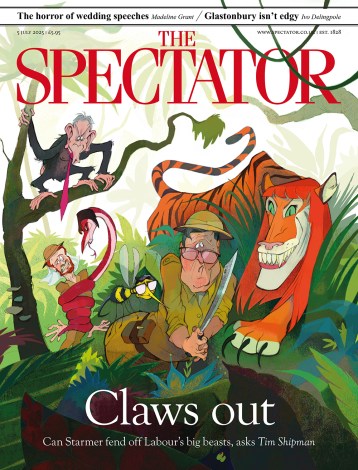Evocations of London
John Virtue (born 1947) is the sixth National Gallery Associate Artist. A great deal of fuss is being made of the exhibition which marks his two-year period in residence in a basement studio. On display are the 11 new paintings he has made, several of them vast, and the show spills out from the Sunley
